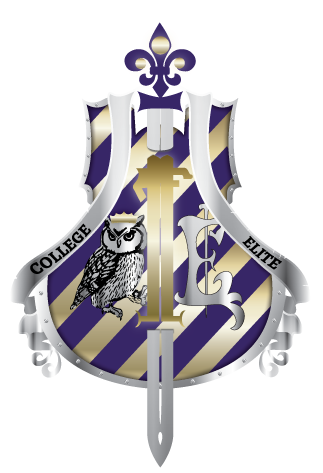Unleash Your Note-Taking Potential: The Secret Techniques You Never Knew Existed!
- College Elite

- Nov 19, 2024
- 3 min read
Taking notes can sometimes feel boring, but it can also be exciting! Whether you're a student gearing up for exams, a lifelong learner, or someone who just wants to remember important information, mastering different note-taking techniques can greatly improve how you absorb new material. In this article, we’ll explore engaging methods like the Cornell Notes technique and using colorful pens. Let’s get started!
The Power of Color in Note-Taking
Using different colored pens may seem minor, but it can significantly boost your understanding and memory. Colors help organize information and make your notes visually appealing.
For instance, imagine using:
Red for key definitions
Blue for examples
Green for major concepts
This easy strategy organizes the content and aids in memory retention. A study by the University of Southern California found that color-coded notes can improve recall by up to 25%. Engaging colors turn your notes into a more inviting study tool. The more appealing your notes are, the more likely you’ll want to review them!
The Cornell Notes Technique
The Cornell Notes technique is a fantastic method developed by Walter Pauk in the 1950s. This approach divides your note paper into three sections: cues, notes, and summary.
Cues: This section is on the left side. After taking notes, list relevant keywords or questions.
Notes: This middle section is where you jot down detailed notes during lectures or readings.
Summary: The bottom space is for summarizing the core ideas in your own words after class.
This method encourages active involvement and helps you concentrate on important information. Restating topics in your own words can boost retention by 30%, according to educational researchers.

Mind Mapping: A Visual Approach
Mind mapping is another dynamic technique that makes note-taking fun and effective. It helps organize ideas around a central theme rather than in a linear format, forming a web of interconnected concepts.
To create a mind map:
Place the main idea in the center.
Branch out with subtopics, using drawings and colors to depict different themes.
Studies show that visual learners retain information better with maps than with traditional notes. Moreover, mind mapping can increase creativity by 40%, allowing you to explore concepts deeply. If you prefer digital tools, many apps can help create eye-catching mind maps!
The Outline Method: Structure is Key
If you prefer a clear structure in your notes, consider the Outline Method. This technique organizes information hierarchically, making it great for subjects like science or history.
Start by writing the main topic, then indent subtopics and details underneath. Using bullet points keeps your notes orderly. This method can enhance clarity and helps you easily follow ideas and their relationships.
It is particularly beneficial for exam preparation, allowing you to see how concepts link together.
The Charting Method: Perfect for Comparison
If you often need to compare different pieces of information, the Charting Method can be effective. This technique involves creating a table to visualize data based on specific categories.
For example, if you're studying distinct historical events, you can label each column for an event and fill in the rows with key details like dates, causes, and outcomes. This visual format helps you instantly see comparisons and differences, making it easier to memorize facts.
Charts simplify complex data, enhancing retention and making your study sessions more efficient.
Engaging with Technology: Note-Taking Apps
With technology at our fingertips, it’s wise to use note-taking apps. There are many options like Evernote, OneNote, and Notion that make digital note-taking dynamic.
These apps allow you to combine text with images, audio, and web links, making your notes versatile. Features like collaboration tools let you easily share notes with classmates, while color coding and reminders help focus your studies.
Digital note-taking encourages flexibility, letting you customize your approach for any situation!
Recap and Personalization: Your Note-Taking Journey
In the end, exploring different note-taking techniques can help you find what works best for you. Feel free to mix and match approaches—combine color coding with the Cornell Notes technique, or use mind maps alongside structured outlines. The options are endless!
The most important part of note-taking is personalizing the process to fit your learning style.
Final Thoughts
Effective note-taking can significantly enhance your ability to retain information and grasp complex concepts. From colorful pens to innovative methods like Cornell Notes and mind mapping, there are countless creative ways to improve your study habits.
The key to unlocking your note-taking potential lies in experimenting with techniques and making them your own. With Practice and a positive attitude, you'll discover the system that suits you best.
So grab your favorite pens, paper, or apps, and enjoy a note-taking journey that transforms your learning experience into a productive and enjoyable one!
Happy note-taking!




Comments